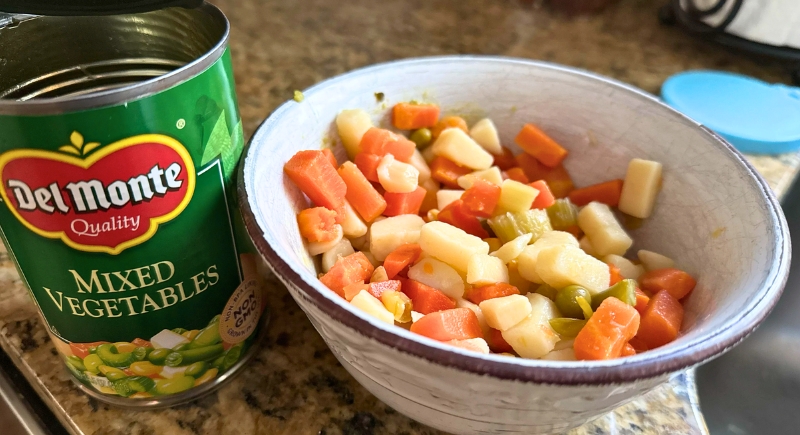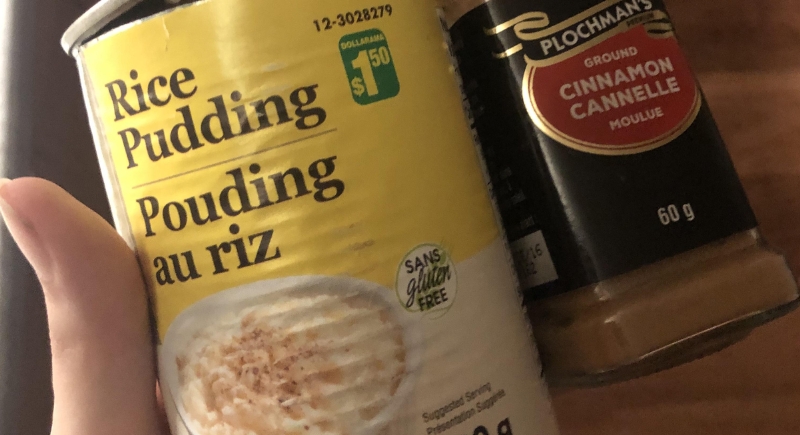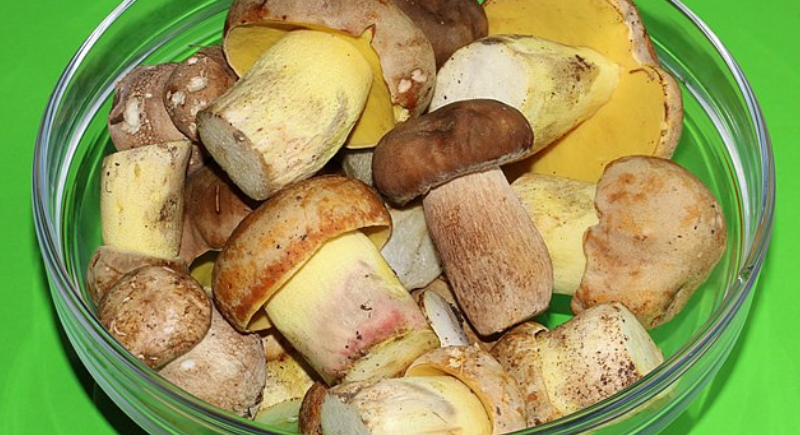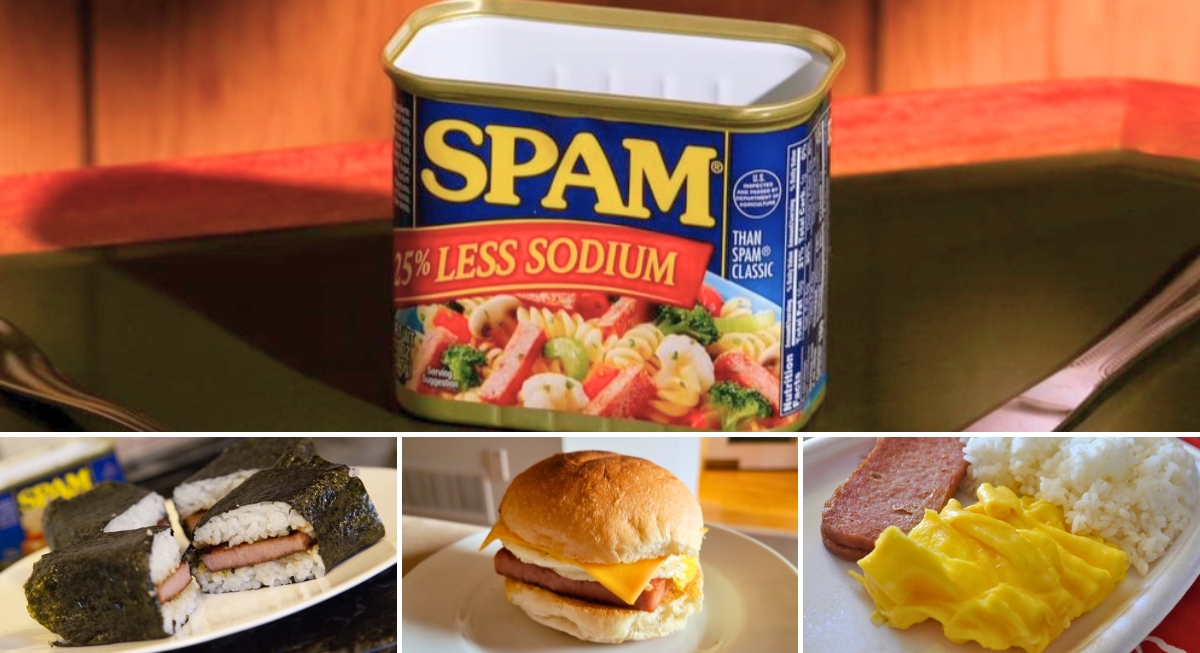In the decades following World War II, canned foods became a necessity for households managing limited resources. Refrigeration was minimal, grocery trips were infrequent, and dependable shelf-stable ingredients mattered more than freshness or variety.
Tinned goods required little preparation, stored well, and helped people extend meals during times of economic constraint. These items were familiar fixtures in kitchens where reliability and cost shaped every shopping decision.
Corned Beef Hash

Credit: Wikimedia Commons
Corned beef hash was a no-fuss meal when money was tight. It came fully cooked, needed no extra ingredients, and could stretch across multiple servings. Grocery stores kept it well stocked because demand stayed steady, especially among households balancing long workdays with limited budgets.
Mixed Vegetables

Credit: Reddit
Mixed vegetables were tiny, uniform cubes of peas, carrots, corn, and green beans packed into a single can. Brands like Veg-All leaned into convenience and advertised them as a complete side dish. Each tin came tightly sealed in brine, ready to pour into stews, casseroles, or gelatin molds.
Devilled Ham

Credit: Wikimedia Commons
Devilled Ham was preserved in small tins and packed with seasoned ground ham. Created by Underwood, it had a long history by the postwar period and remained popular for its ease. It was often used in sandwiches, on toast, or stirred into rice and eggs.
Rice Pudding

Credit: Reddit
Rice pudding was a simple dessert that didn’t demand fresh ingredients or much preparation. Families usually served it warm, with a spoonful of jam, golden syrup, or a splash of extra milk if any was available. Companies like Ambrosia helped in making it widely accessible, particularly in postwar homes where homemade desserts were less common.
Cheese

Credit: Wikimedia Commons
Introduced in the 1940s by Washington State University, Cougar Gold stood out as a canned cheese that people genuinely enjoyed. After being aged inside the can, it developed a sharp, dry flavor and a crumbly texture similar to aged cheddar. Unlike raw dairy, it didn’t require refrigeration and could be kept for years.
Mincemeat

Credit: Reddit
Canned mincemeat–packed with dried fruit, spices, sugar, and sometimes suet–played a steady role in holiday baking throughout the mid-20th century. It filled pies, tarts, and fruitcakes, often with just a bit of added pastry or condensed milk. The canned version made baking simpler, as there was no need to soak fruit or cook down mixtures for hours.
Sardines

Credit: Wikimedia Commons
Sardines became a staple in households across Europe and North America because of rationing and the following decades. Sardine canneries supported local economies, mainly in coastal towns. They were considered practical due to their long shelf life and strong flavor, and their compact tins meant they stored easily in even the smallest kitchens.
Liver Loaf

Credit: Wikimedia Commons
With beef prices hovering around 69 cents a pound in the early 1950s, many households couldn’t afford new cuts regularly. Liver loaf, canned and ready to eat, was a feasible replacement. When put together with liver, pork, and other meat scraps, it could provide protein and iron without the high cost.
Chocolate Milk

Credit: Wikimedia Commons
Chocolate malt powders like Toddy, which mix easily into milk or water, gave families a quick and affordable drink option. The brand marketed itself to children, but adults drank it too, often as a coffee alternative.
Emergency Bread

Credit: Wikimedia Commons
Bread plays a central role in most meals, but during wartime and the years that followed, fresh loaves weren’t always available. To deal with shortages, manufacturers produced bread sealed in tins, designed to last for years without spoiling. These were known as emergency bread, and gave people a backup when regular supplies ran low.
Cherries

Credit: Wikimedia Commons
Soft, syrupy with a slight bite–Canned cherries had a texture that worked well in baked desserts and gelatin-based dishes. Home cooks put them in Black Forest cake, cherry pie, and ambrosia salad, where fruit was either unavailable or too costly. The cherries held their shape just enough to be spooned onto whipped cream or tucked into pie filling.
Golden Syrup

Credit: Wikimedia Commons
Rising sugar costs—averaging 10 cents per pound by the early 1950s—turned golden syrup into a substitute in many households. It came in metal tins that often left behind a sticky residue. Despite the mess, it was readily included in porridge, pancakes, or plain bread.
Mushrooms

Credit: Wikimedia Commons
Canned mushrooms rarely earned praise, but they stayed in circulation because raw ones were often too expensive or unavailable. After sitting in brine, their texture turned rubbery or slick, and the flavor was mild at best. Still, people added them to stews, casseroles, or egg dishes.
Alphabetti Spaghetti

Credit: flickr
Pasta has been a staple on family tables for generations, and even in canned form, it carries that same appeal. Alphabet pasta in sweet tomato sauce offered a quick, inexpensive meal when homemade cooking wasn’t an option. It was mostly used for feeding children.
Condensed Milk

Credit: Wikimedia Commons
Originally developed in the 19th century, condensed milk gained widespread use amidst the Civil War and later turned into a staple in both World Wars for its durability and high nutritional value. Packed with fat, sugar, and protein, it later found a place in desserts like Key lime and banoffee pies.





